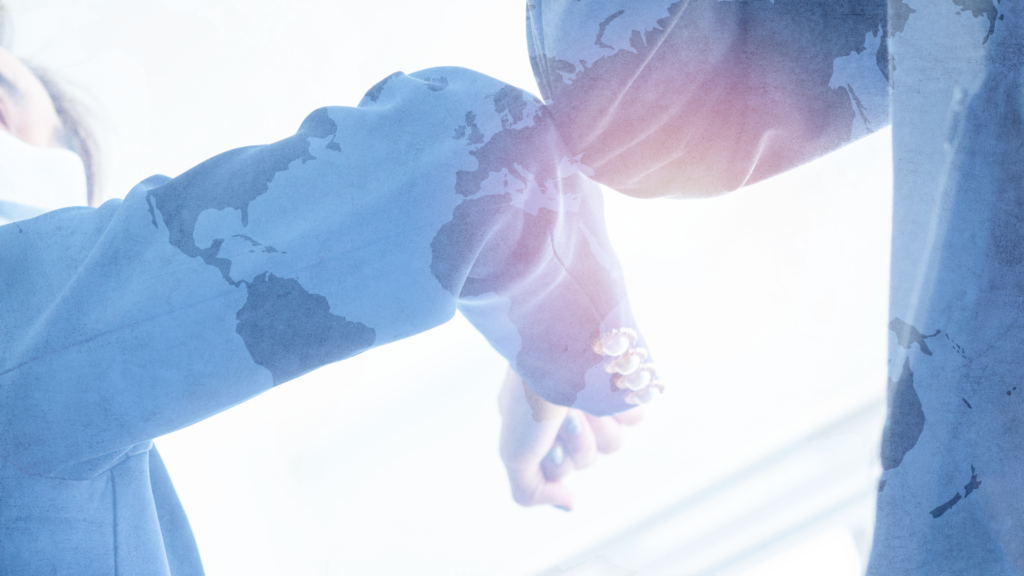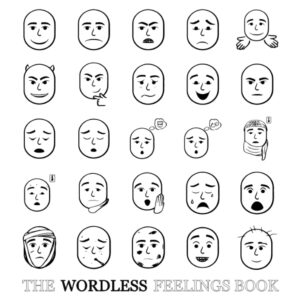Making the Right Impression in a New Culture
Written by Paul R. Beeman

Our perception of the present is built on the past..
When it comes to greetings, we need to set aside our past experiences and be ready to embrace a new way of doing things in our new host culture. Greetings set the stage for communication, and doing them well will help you to start having meaningful conversations in your new community. We can only comprehend our experiences based on what we have already encountered.
Personal Experiences with Greetings
It’s a catch-22 in life, and it certainly pertains to cross-cultural communication. I was raised to believe that a true, honest man must greet other men with a firm handshake while maintaining eye contact. Growing up, I always tried my best to squeeze older men’s hands while looking them in the eye, in an effort to affirm my masculinity in society.
My efforts were sometimes rewarded with a “Wow, a firm handshake, what a man!”, reinforcing my prior experiences and encouraging me to continue this tradition. This basic act of greeting a man was about to change when I started traveling abroad.
In Jordan, I was introduced to a new style of greeting. With most men, I could greet with a handshake, but my friends greeted me with kisses. The same was true in France; the difference was that in Jordan you grab the upper arms and kiss, whereas, in France, I would often get a handshake in combination with a kiss. In Senegal, I experienced another novelty, having my hand grabbed and placed on my friends forehead, then repeating the action by placing my colleague’s hand to my forehead. The list goes on.
Then came COVID-19, when all kissing and handshaking stopped, and a new greeting swept the world. Already common in some parts of the world, fist bumping became a new norm. It’s a safe, non-invasive way to greet and acknowledge one another’s presence. While many have reverted to their own traditions, this custom has continued for me.
So, am I no longer a man because I greet others with a fist bump? How do I look someone in the eye while kissing them on the cheek? Greetings are just the beginning of cross-cultural communication, and I’ve just touched on the tip of the global greetings iceberg.
Learning About Greetings in a New Culture
When entering a culture, greetings are the easiest practice to observe. Most cultures have their etiquette written down somewhere, and researching ahead of time can tell you a lot about what to expect.
If you do not find much information this way, here are some activities you can do to learn about a culture’s greeting norms:
Ask a Local
Locals are the best source of information when it comes to culture. Here are some key questions to ask:
- How do I greet a new acquaintance for the first time?
- How do I greet an acquaintance?
- How do I greet a good friend?
- How do I greet a close friend?
- How do I greet a family member?
- What would I do differently for any of these that I haven’t seen in a long time?
- What would I do differently for any of these who are of a different gender?
Observe
Go to a public park, mall, or street market and observe people. Take notice of the following:
- What seems to be the normal action when people approach each other?
- What are the differences when people greet those of the opposite gender?
- Who takes the initiative to greet?
Conclusion
When it comes to greetings, we need to set aside our past experiences and be ready to embrace a new way of doing things in our new host culture. Greetings set the stage for communication, and doing them well will help you start having meaningful conversations in your new community.
Further Reading
Here’s How People Greet Each Other Around the World
Modern etiquette: international greeting customs | Reuters
Greetings Around the World: How Different Cultures Say Hello









